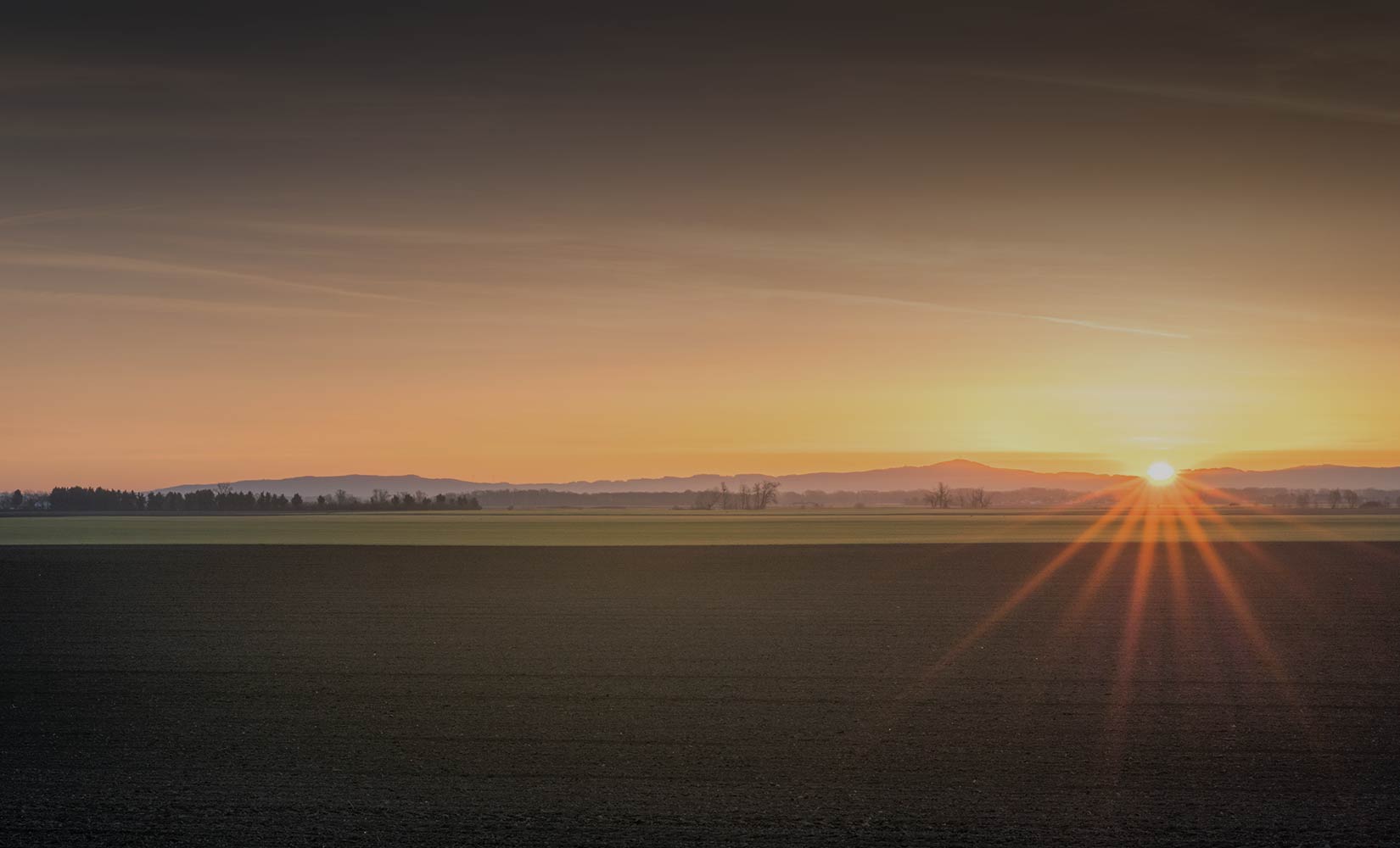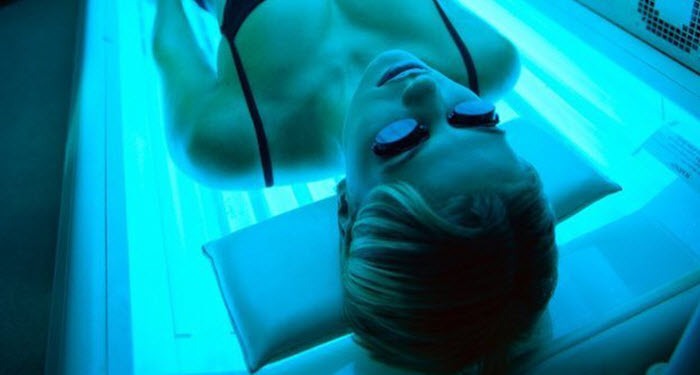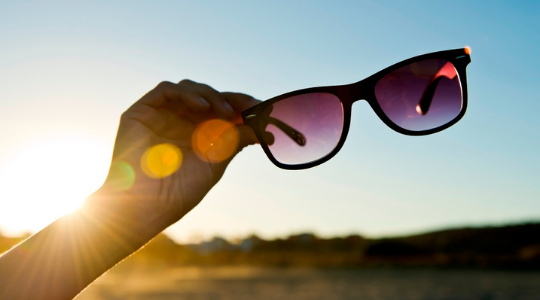
Skin Cancer
What Causes Skin Cancer?
Skin cancer is the most common cancer in Northern Ireland and is caused by overexposure to UV (ultraviolet) light. Sunlight and sunbeds are the main sources of UV.
What is UV?
Ultraviolet radiation given out by the sun is made up of three wavelengths – UVA, UVB and UVC. UVC is absorbed by the ozone layer and doesn’t reach the earth’s surface. UVA and UVB are the rays that cause damage to our skin and both can cause tanning, burning, skin ageing, wrinkling and skin cancer.
- UVB is responsible for the majority of sunburns. Its intensity varies by season, location and time of day. The highest levels of UVB usually reach us between 11am and 3pm from March to October.
- UVA penetrates deeper into the skin. It ages the skin, but contributes much less towards sunburn. UVA rays are present all year round and can penetrate glass and clouds, so we are exposed to large doses over our lifetime.
Skin damage
- Short term effects: UV damage can start before your skin tans or burns. Skin exposed to UV rays can give you freckles and rashes. Too much short-term exposure causes sunburn, reddening, pain and in severe cases blistering and even second degree burns.
- Long term effects: Over time UV exposure, whether or not you get sunburned, speeds up skin ageing making your skin dry, wrinkled, loose and dull and causing pigment changes commonly known as age spots. It can also cause changes in the skin cells, which may lead to skin cancer.
Factors affecting the intensity of UV radiation from the sun
- Position of the sun: the higher the sun is in the sky the higher the UV level – midday is usually when the UV level reaches a maximum each day in Northern Ireland
- The time of year: UV levels peak in summer in Northern Ireland
- Latitude: UV levels are higher closer to the equator
- Cloud cover: heavy clouds can significantly cut UV exposure but thin cloud offers little or no protection
- Altitude: at higher altitudes the thinner atmosphere filters less UV radiation, so UV levels are higher
- Ozone level: certain pollutants are gradually eroding the earth’s protective shield, known as the ozone layer, therefore higher levels of UV radiation are now reaching the earth. Ozone levels vary throughout the year
- On cool bright days, even with light cloud, there can be damaging levels of UV radiation
- Remember, UV Levels are NOT related to temperature
Sunbeds

Modern sunbeds can give out greater doses of UV rays than the midday tropical sun. Read the NHS information: Are sunbeds safe?

CARE IN THE SUN
RISK FACTORS
Anyone can develop skin cancer, whatever their skin colour. However, certain skin types are more at risk from the effects of UV radiation than others.
SKIN PROTECTION
Too much ultraviolet (UV) light, either from natural sunlight or from artificial sources such as sunbeds, is the main cause of 80% of skin cancers.
SUNBEDS
Sunbeds, tanning booths and sun lamps give out ultraviolet (UV) rays that can damage your skin and can make it look wrinkled, older or leathery.

